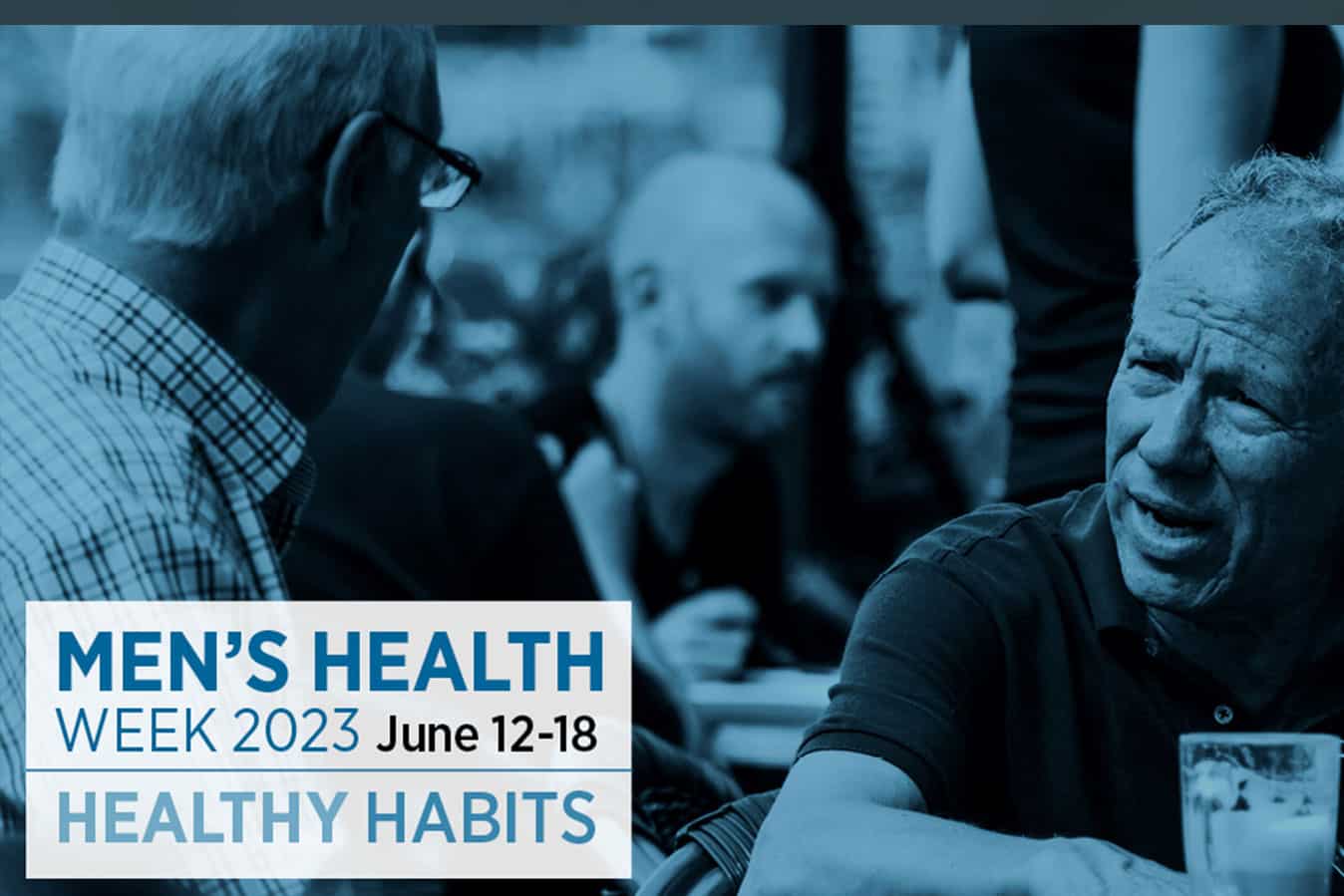International Men’s Health Week which runs from 12-18 June each year, is an opportunity to highlight the importance of men’s health, and to promote and support the health and wellbeing of men and boys in our communities.
Men are known as late presenters for health concerns and so it’s about engaging them earlier and better says Bendigo Men’s Health nurse practitioner Peter Strange. Men’s health services need to be oriented to men where they feel comfortable, he says.
“It’s orienting services to what they need and what they will respond to. It might be chlamydia or to talk about stress, drug and alcohol issues or a physical health complaint.”
Men’s Health Week focuses on not just physical health, but also men’s mental health and emotional wellbeing. While celebrated around the world, Men’s Health Week in Australia is coordinated by the Centre for Male Health at Western Sydney University. The 2023 theme is Healthy Habits.

Peter Strange was one of the first endorsed nurse practitioners in 2002, passionate about men’s health he advocated for a service in Bendigo with a shortage of GPs in the area.
The Men’s Health Clinic at Bendigo Community Health Services has been nationally recognised for its model of care in men’s health. The male-friendly men’s health clinic includes a welcoming place to engage men with a waiting room with footy jumpers on the wall, posters of gay men, and model boats.
Health promotion, particularly in the early days of the clinic was key to uptake of the service by men and Mr Strange now has a regular clientele. His workload constitutes one third annual check-ups, one third sexual health and one third mental health.
Men will engage with health services if they are supportive, male-friendly, offer a practical approach and provide education, he says.
“Men are shocking at putting up with things. For example, a sore leg. How bad does it have to get before they will seek help? Often it’s when they’re unable to work, and they might be in real pain by then.
“Men are stoic. Telling an 80-year-old man with painful bursitis ‘you’ll be ok mate’ is to his detriment. It’s about where you go next. It’s about problem solving together. What do we do next? Where do you want to go from here?”
Being friendly, having an open door and being honest about how you can help will engage men to health services, says Mr Strange. The other thing is to ask men questions directly and provide the time, he says.
“GPs are seeing patients ever 5-10 minutes. They can’t afford to travel up the path on how someone is travelling mentally. We bring up the topics that are hard to discuss whether that’s erectile dysfunction or their mental health.

“Sometimes it’s about education. They may have a complex medical issue and you need to put it into context for them – what it means and then ask them: ‘where do we go’ or ‘what do we do to fix this?’ and perhaps refer on.”
Despite a white paper in 2010 for a men’s health strategy, Mr Strange laments the lack of action and government funding specific for men’s health. He continues to encourage others to take up the mantle to work in men’s health.
“I am passionate about men’s health and I see there’s a big gap we need to fill. Working in men’s health provides an opportunity for men to be happier and healthier in their lives and you are able to design it [health service] in a way according to men’s health needs in your area.
“Health and happiness is important for men. We do not have nearly enough health services for men and those we do have seem to be disappearing. If you’re interested in providing a men’s health model of care, get in contact.”








